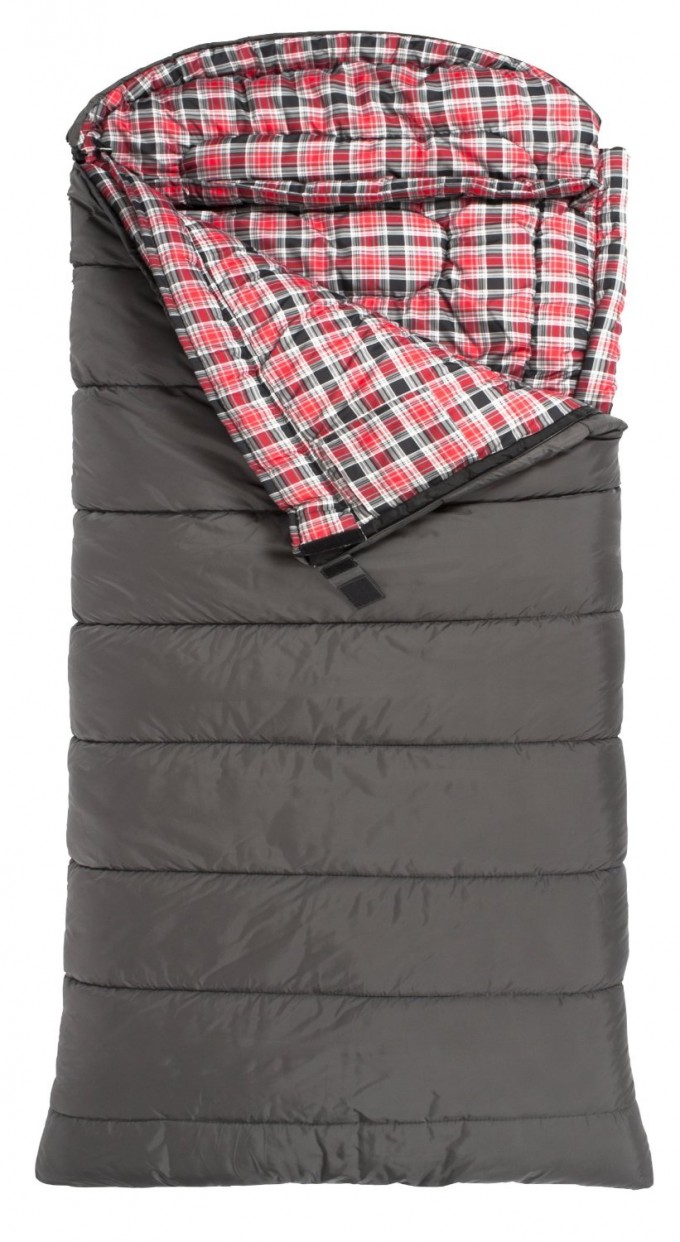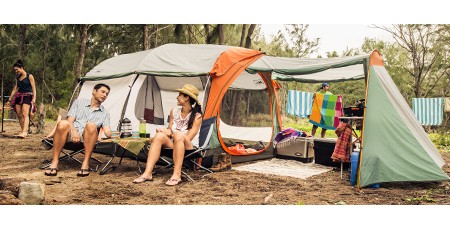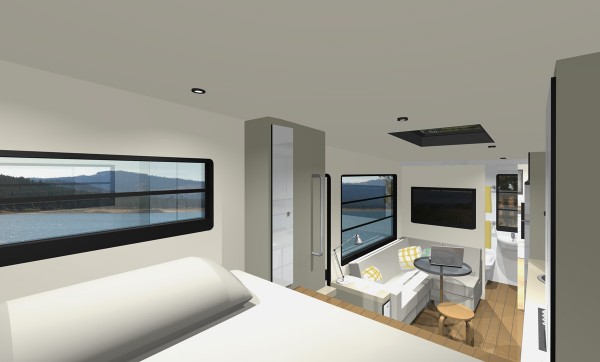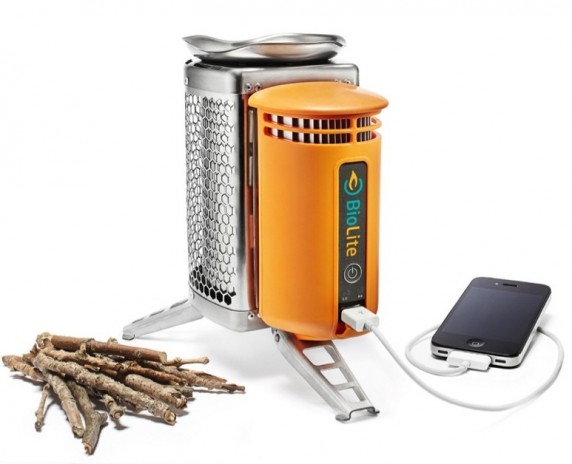
Public camping grounds have grown and changed since Yellowstone became the country’s first national park in 1872. By 1916, President Woodrow Wilson had established the National Park Service, and over the last almost-100 years, the national park system has grown to include 400 protected areas and 84 million acres in all 50 states. According to the Outdoor Foundation, 40.1 million Americans (or 14 percent of the U.S. population over age 6) took at least one camping trip in 2013.
The methods and equipment we use when we go camping have gone through their own evolutions as well. The following is a brief history of how Americans camped then and now. Use this post along with a camping guide and you are in for a great outdoors trip this year!
Sleeping Bag

TETON Sports Celsius XXL -18 Degree C / 0 Degree F Flannel Lined Sleeping Bag
In 1876, a Welsh inventor, Pryce Pryce-Jones, introduced the Euklisia Rug, which became the first widely produced sleeping bag, used widely by the Russian and British Armies. The rug was a wool blanket with an inflatable rubber pillow sewn in at the top that the user folded over himself and then fastened. By 1942, the U.S. Army was issuing heavy and bulky slumber bags that were eventually replaced by much lighter down-filled bags.
After Holofill launched the first synthetic material-filled bags in 1977, most innovations in sleeping bags have been geared toward cutting weight and size. The sleeping bags of today come in a variety of degree ratings (the suggested temperature above which the user should be comfortable), fills (synthetic or down) and shapes (mummy or rectangle).
Pads and Mattresses

SoundAsleep Camping Series Air Mattress
Amazingly, the air mattress has seen only minor changes since it was first invented by the Pneumatic Mattress & Cushion Company in 1889. For backpackers, the invention of the Therm-A-Rest self-inflating mat in 1978 was a welcome addition. Like the sleeping bag, the updates in sleeping pads have focused on lighter weights and sleeker shapes.
Tents

Tents for Camping: How to Choose
Although tents were used as early as the Iron Age, the precursor to today’s tent was designed by a U.S. Army officer in 1855. It was made of canvas and modeled after Native American teepees. As camping became more popular post-WWII, tents also became more widely available.
In the 1960s, freestanding tents with lightweight poles made of materials like fiberglass and aluminum alloys were introduced, and with these more flexible poles came a bigger variety of tent shapes. In the ’70s, smaller backpacker tents came on the market. In the last few decades, with development of new materials like nylon, tents have become lighter (as light as 2 pounds for a 2-person free-standing tent) and more weather-resistant.
Motorized Camping

Custom Truck RV: Modern Motorhome Living or a Tiny House?
Of course, many campers are not using tents, but instead are experiencing the outdoors while spending their nights in travel trailers or motorhomes, both of which were first invented in 1910. The first Airstream was introduced in 1920 and pop-up trailers appeared in 1956. It wasn’t until the 1960s, when interstates made road travel more convenient, that motorhomes were widely manufactured and used.
Campgrounds

Geeks In the Wild: Essential Camping Gear For The Relentless Gadgeteer
Campsites themselves have changed over time. In 1915, American campgrounds were mostly unorganized and large tree-free clearings designed to both keep campers safe from nature and vice versa. Today, with over 113,000 federally managed campsites, 166,000 state park campsites and numerous private grounds, campsites range from completely primitive to highly designed spaces with modern facilities and amenities.




